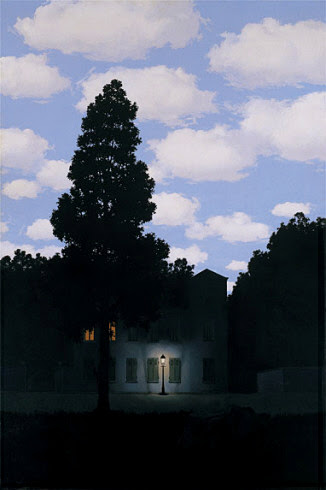Until the mid nineteenth century, the art world constituted mainly of men. Very few women are known to have gained recognition before then. In the end of the 1800's Mary Cassatt left the United States to go to France in search of artistic education.
Cassatt worked alongside with Degas, Manet and other Impressionist artists of the time. Though happily received in the group, she was still an outsider, given the fact she was a foreigner and a woman. The intense relationship she had with her Mother was also a factor in her difficult transition. She was mostly famous for painting portraits of Mother and Child.
"By developing her talent, she communicated her wish to be a mother, and expressed the need to find, if only on canvas, a more truly empathic mother."* Mary Cassatt expressed her personal feelings through the arts. Painting became a form of communicating her past and her desire for the present and future.
Mira Schendel was a Brazilian artist born in Zurich, who was raised a Catholic in Italy. Given her Jewish background, she fled from Nazis, moving from Italy, to Bulgaria, Austria and Sarajevo. It was not until 1949 where she decided to create a new life in São Paulo. She started her practice as an artist, becoming a distinguished figure in the Brazilian modernist movement.
Throughout her developing work, there is always a sense that she never found her identity. "With Mira, it was never a simple story".** She dwelled on the ideals of religion and language. Her conflicting cultural background is ever present in her works. The choice of materials, such as the partially see-through rice paper, reflect on the idea of a mid point of every aspect of her life.
"The contradictory nature of her character (loving but argumentative); of her work (delicate but profound); and of her identity (European but Brazilian; Jewish but also Catholic, or atheist, or maybe all of the above)."***
In present day, I believe Tracey Emin would be a comparable artist to both Schendel and Cassat. Her own life most clearly remain the biggest motif in her works. Her neon signs, her drawings, her installations are all records of her personal memories. She explores universal emotions through her own experiences, and blurs the partition between art and life.
"Using experiences from her own life, Tracey Emin often reveals painful situations with brutal honesty and poetic humour. The personal expands to the universal in the way Emin takes a feeling about her life and forms it into a genuine expression of a human emotion."****
Women subjected their own history to produce art. In many ways, they establish their views of society and the world by understanding themselves. Cassat, Schendel and Emin, use their works as a way to find an identity for themselves.
*Zerbe KJ. "Mother and child. A psychobiographical portrait of Mary Cassatt". 1987. Abstract.
**Barson, Tania. Curator for the Tate Modern Exhibition, "Mira Schendel" (2013).
***Barnett, Laura. "Mira Schendel: the refugee from Nazi Europe who settled in São Paulo". 2013. The Guardian.






















